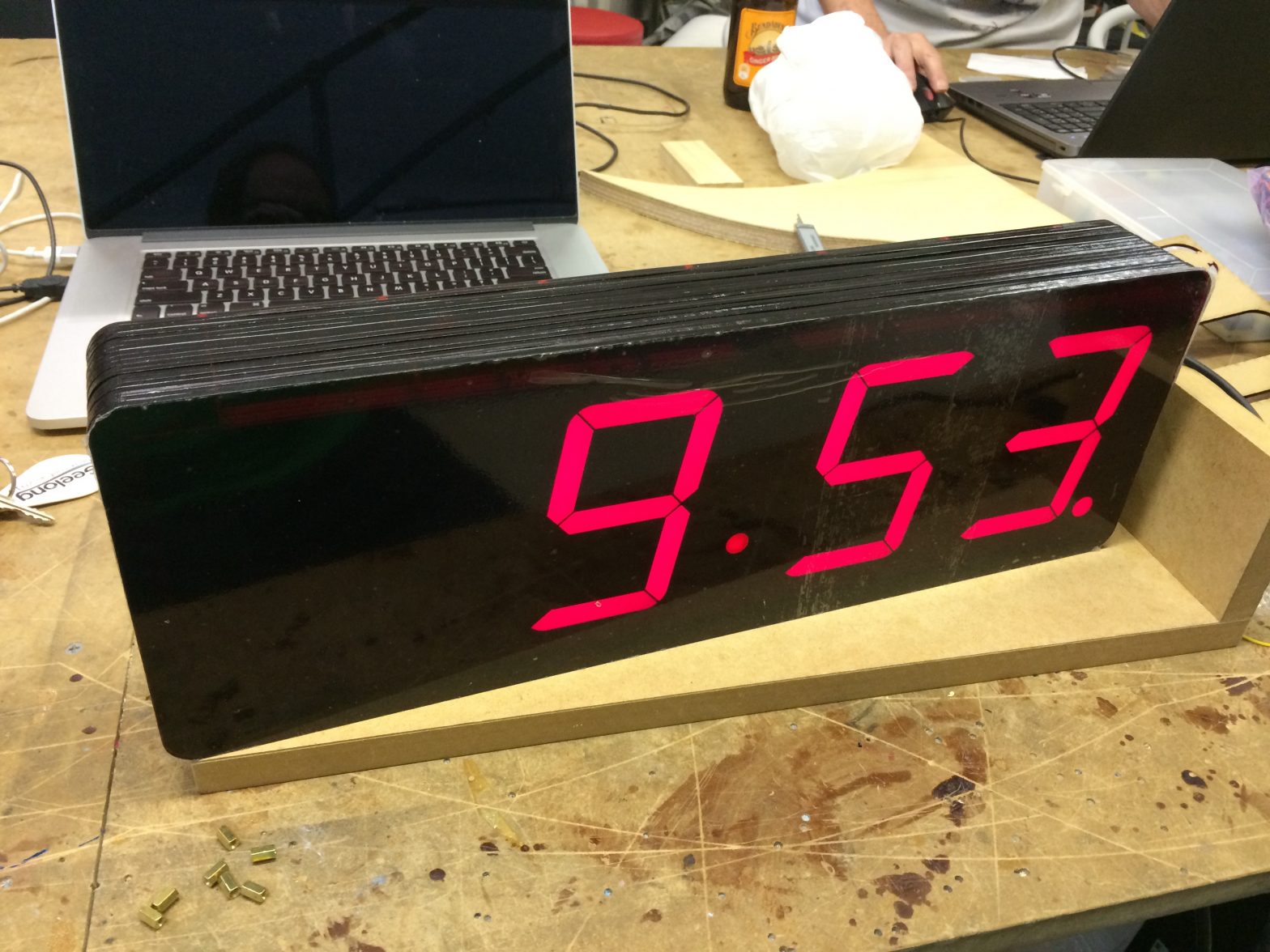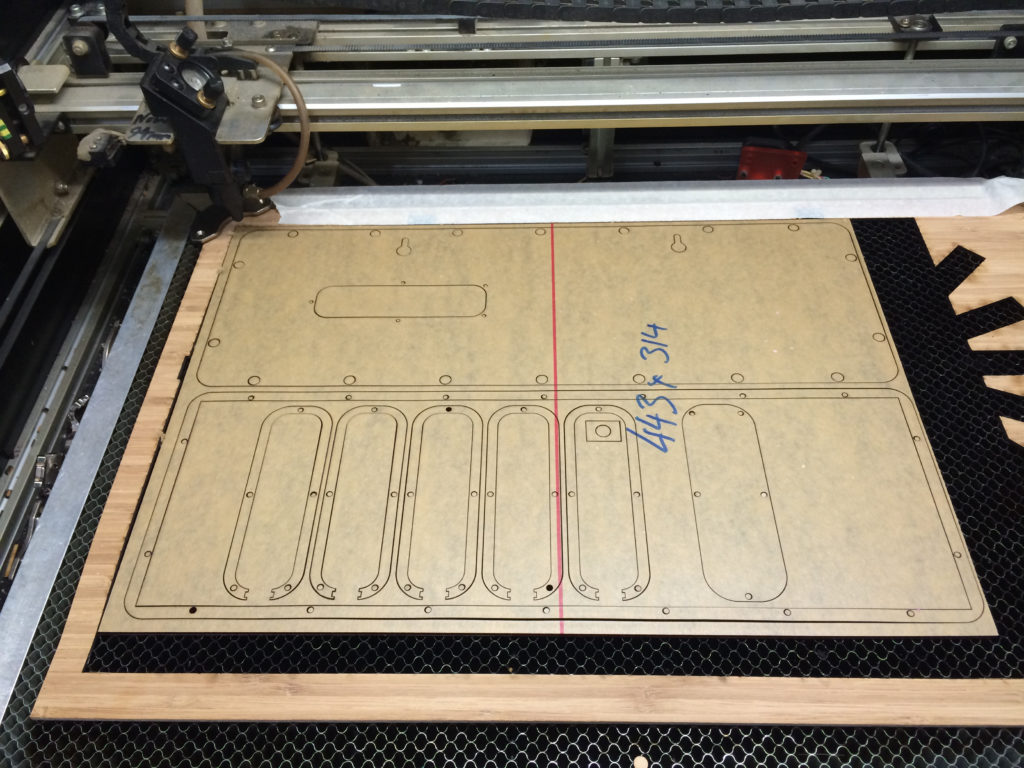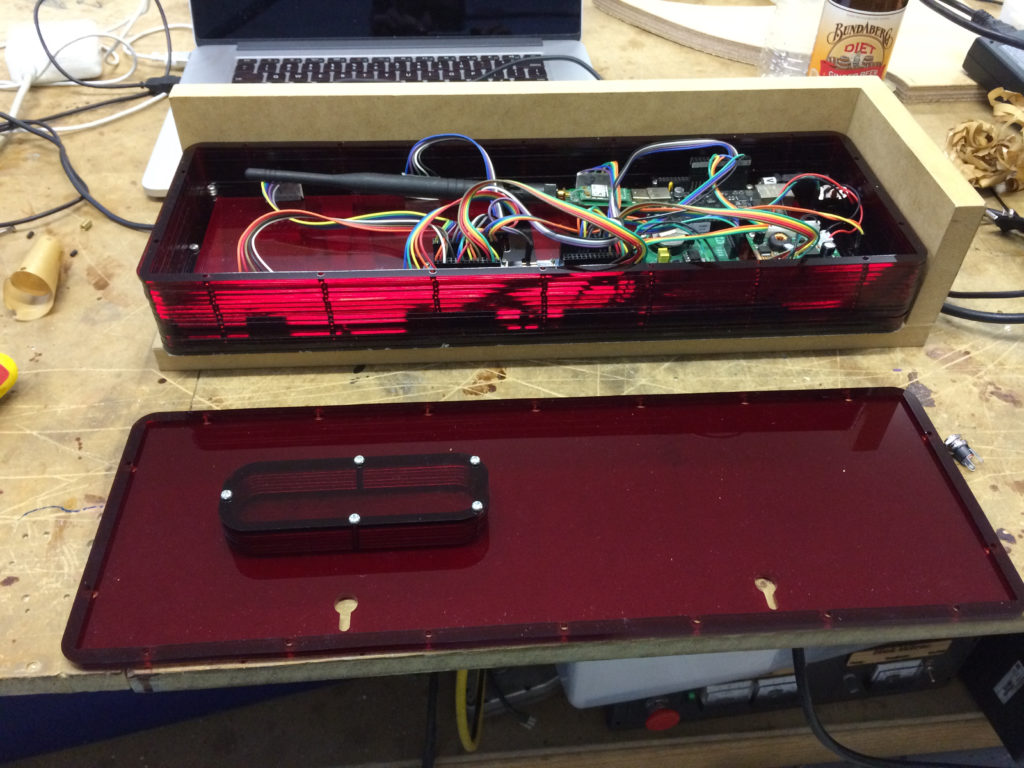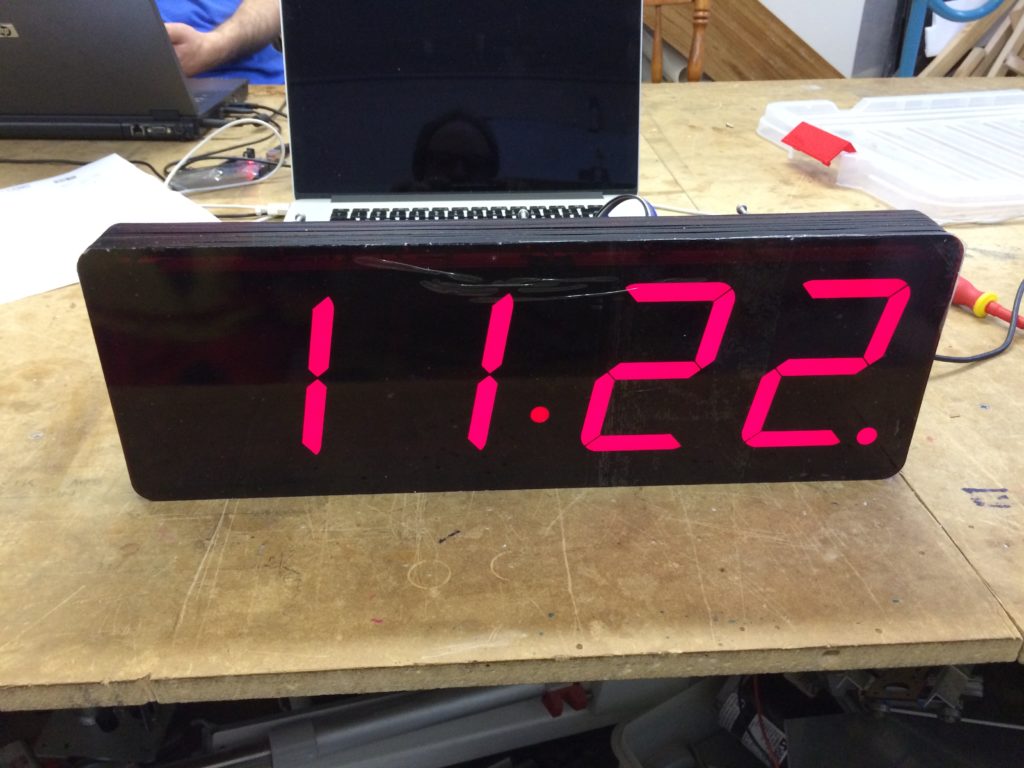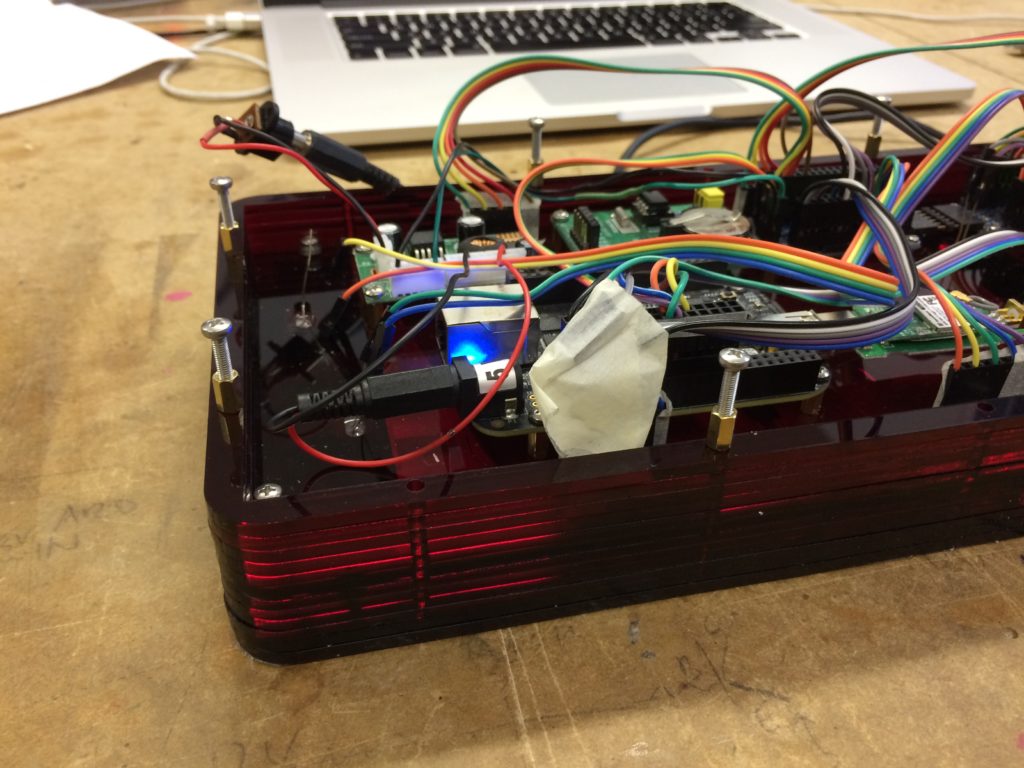After traveling to New Zealand for #lca2015 and experiencing fibre to the home at my friends house, I decided to write to Malcolm Turnbull to express my concern about the slow rollout of the NBN in Australia.
He actually personally replied directly to my email only 4 hours later. In the interest of openness I am putting the whole email below. I have rearranged it to fix the topposting.
The tl;dr is “It’s all Labor’s fault”
My email to Mal. (I think we can say we are on first name terms now)
From: Jason Lewis
Sent: Tuesday, 20 January 2015 1:52 PM
To: Turnbull, Malcolm (MP)
Subject: NBN Roll-out
Dear Mr Turnbull,
I’m writing to express my concern with the woefully slow roll-out of the
NBN.
I’ve recently been travelling in other countries where fibre to the home
is already commonplace and it makes the Australian broadband offering
feel terribly inadequate.
I feel this will lead to a further reduction in Australia’s
international competitiveness.
Please devote more resources to speeding up the roll-out.
Thanks,
Jason
And his response:
Dear Jason,
Thanks for your candid comments.
Unfortunately Labor significantly underestimated the cost and complexity of this project and, as a result, released rollout schedules that were unrealistic and inaccurate.
For instance, Labor originally forecast that 2.7 million houses would be passed by fibre by 30 June 2014. In NBN Co’s last Corporate Plan released in August 2012, it was revised to 1.3 million houses passed by fibre. The comprehensive Strategic Review completed in December 2013 however, found that the NBN would only pass 467,000 houses with fibre by 30 June 2014. The actual number reached by 1 July 2014 was 492,000 premises – less than one-fifth of the original target.
I highlighted the problems which Labor created with their false rollout expectations in a recent blog available here: www.malcolmturnbull.com.au/media/trying-to-make-sense-of-the-confused-and-confusing-mr-clare1
In addition, the Government recently undertook a Broadband Availability and Quality Report, which found that there are more than 1.6 million premises across Australia with very poor or no fixed broadband access at all. However, Labor made no effort to prioritise these areas in their rollout.
The Government has instructed NBN Co to revise its current rollout schedule to meet three key objectives:
- To ensure that the underserved areas in Australia are prioritised in the NBN Co rollout. On average, areas with very poor broadband will receive upgrades two years sooner.
- To ensure that the NBN upgrades are delivered sooner and more affordably, by using a mix of technologies. The Strategic Review found that under the model adopted by the Coalition, the project will be finished four years sooner than would have otherwise been the case.
- To ensure that information provided in the public domain is accurate and can be relied upon by businesses and households waiting for broadband upgrades.
The fact is that the NBN, up to the election, had reached only three per cent of Australian premises after four years and $6.4 billion of funding.
NBN Co is now determining which technologies are most cost effective and should be utilised on an area-by-area basis so as to minimise peak funding, optimise economic returns and deliver broadband upgrades sooner. This is highly demanding and complex work which involves renegotiating deals with Telstra and Optus to take over portions of their fixed line networks. Naturally this is taking time to complete.
In the meantime, NBN Co has continued to expand its fibre network in areas where construction contracts had been signed at the time of the election. Across the country, more than 500,000 premises have been passed by NBN fibre and work is underway to extend the network to reach a further 600,000 premises.
Sites that are not currently represented on the NBN Co maps are being reviewed in line with rollout priorities. Importantly, the network will continue to be built on a state-of-the-art platform, but will use existing infrastructure where it makes sense to do so. In areas where work has not commenced, NBN Co will be making decisions about construction on the basis of review findings. NBN Co is significantly advanced in planning the multi-technology mix and rollout plans will be publicly released once they are completed. More information about the NBN rollout will be published by NBN Co on its website www.nbnco.com.au when it is available.
You may also be interested to know that the Government has secured the progressive transfer of the necessary parts of Telstra’s copper and HFC (pay TV) cable networks to NBN Co at no additional expense. Telstra’s 1.4 million shareholders have been ‘kept whole’ in keeping with the Government’s pre-election commitment.
These agreements are a key milestone in shifting the NBN to the Multi Technology Mix the company has determined is its optimal strategy. The December 2013 Strategic Review found the shift to a multi-technology NBN will reduce its cost by $30 billion, and save at least four years in construction time.
Importantly, under these agreements, NBN Co will make use of Telstra’s copper and HFC networks (i.e. the network used to deliver pay television) rather than decommissioning and wasting these assets, as Labor had planned.
Yours sincerely,
Malcolm Turnbull
